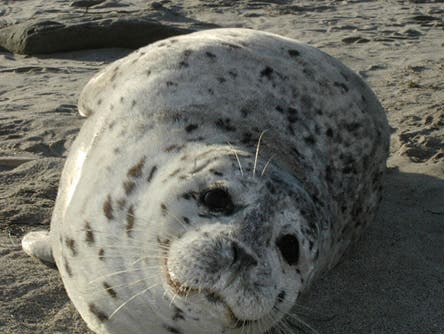A novel avian influenza virus has developed the ability to infect aquatic mammals and is responsible for an outbreak of fatal pneumonia that recently struck harbor seals in New England.

The announcement was made by researchers from the Center for Infection & Immunity (CII) at Columbia University’s Mailman School of Public Health, the National Oceanic and Atmospheric Association, New England Aquarium, USGS National Wildlife Health Center, SeaWorld and EcoHealth Alliance – pretty much the most serious groups you can get. This report brings out new sparks in the already heated debate surrounding the avian influenza.
Wildlife officials first became concerned in September 2011 when seals with severe pneumonia and skin lesions suddenly appeared along the coastline. Most of them were infants (less than 6 months) and a total of 162 were reported dead in no more than 3 months. Pathogen screening was conducted in the infected seals and they were diagnosed with a new strain of avian H3N8 influenza virus.
“When initial tests revealed an avian influenza virus, we asked the obvious question: how did this virus jump from birds to seals?” says Simon Anthony, D.Phil, postdoctoral research scientist at the CII and the lead author of the study.
Scientists then moved on to more complex lab tests, including genome sampling and phylogenetic analysis, finding that H3N8 descended from an avian strain that has been circulating in North American waterfowl since 2002, which implies recent transmission from wild birds to seals. Given these findings, as well as the long history of avian flu spread, seal H3N8 might pose a serious threat to human health.
“Our findings reinforce the importance of wildlife surveillance in predicting and preventing pandemics, says W. Ian Lipkin, director of the Center for Infection and Immunity and John Snow Professor of Epidemiology, at the Mailman School of Public Health. “HIV/AIDS, SARS, West Nile, Nipah and influenza are all examples of emerging infectious diseases that originated in animals. Any outbreak of disease in domestic animals or wildlife, while an immediate threat to wildlife conservation, must also be considered potentially hazardous to humans.”



